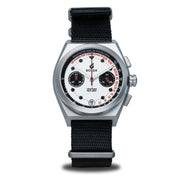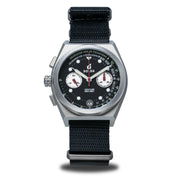No matter whether you’ve been collecting or admiring watches for years, or whether exploring these pages is your first foray into the watchmaking world, it is, in 2024, doubtless that you will already have encountered quartz-regulated timepieces.
 Boldr Venture GMT - Credit WatchGecko
Boldr Venture GMT - Credit WatchGecko
During the 1970s, the technological advancements in timekeeping were vast. Spearheaded by the Japanese, the development of quartz technology looked, for many years, to have sounded the death knell for traditional watchmaking. The notion of watches being more than timekeepers, being seen as collectable works of art, was very much in its nascence, and it would take many more years and some breathtakingly bold business manoeuvrers to manifest.
Although in the very earliest days of the craft, watches were treasured as exalted, almost God-like creations by the very rich and powerful people who could afford to possession such a machine, they were so rare and so unique that “collecting” watches, even if one person were to own several, would have been an odd way to term such acquisition simply because the industry lacked the broad context necessary for collecting to be the deliberate and curated habit it is today.
And so when the first quartz module was created it seemed the industry had turned down a one-way street and was speeding along without a reverse gear at its disposal.
 Geckota Chronotimer Chronograph Watch Classic Panda on Original Vintage Highley Genuine Leather Watch Strap - Credit WatchGecko
Geckota Chronotimer Chronograph Watch Classic Panda on Original Vintage Highley Genuine Leather Watch Strap - Credit WatchGecko
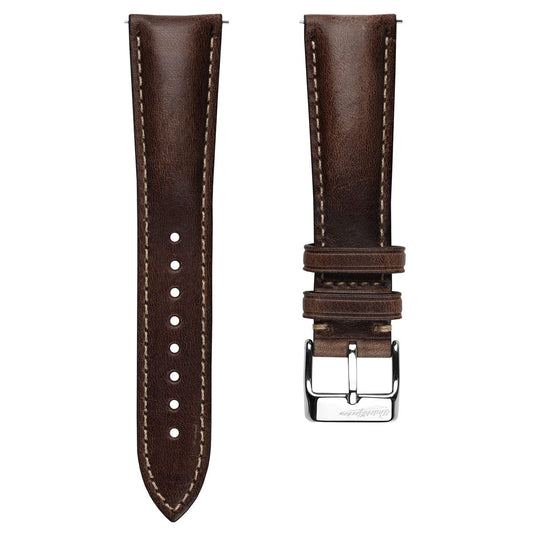
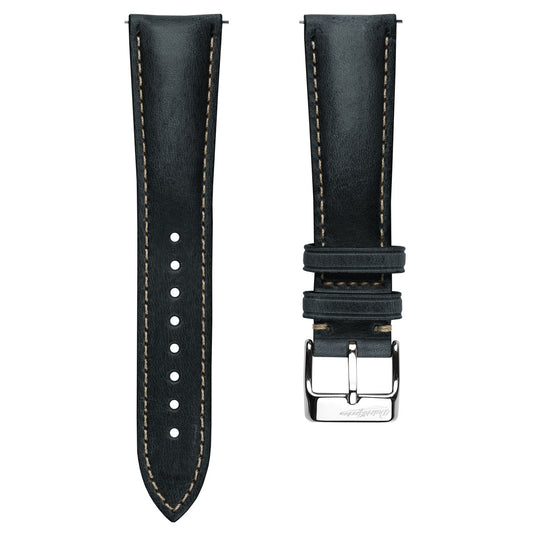
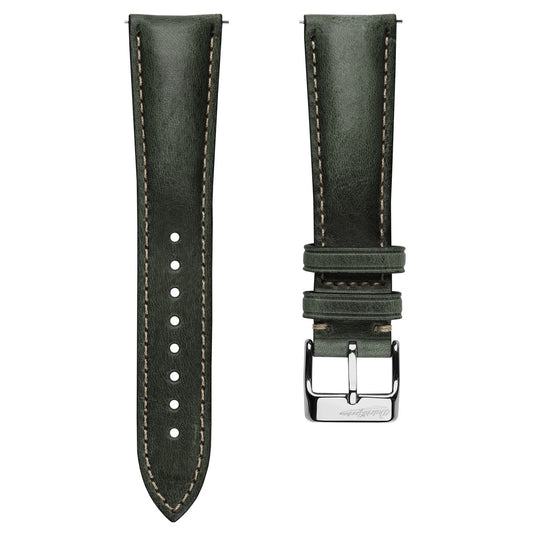
While the first quartz timepieces were hugely costly to produce and acquire, the technology very quickly entered mass production and thus became extremely affordable. The need for trained watchmakers dwindled almost overnight. Quartz modules were so cheap, it made no sense to repair them if they ever broke down. They were simply discarded, maybe harvested for spare parts on occasion, and then replaced with a new module costing just a handful of dollars.
The Swiss mechanical watch industry all but collapsed. Depending on your personal preference, this period is either referred to as the Quartz Crisis or the Quartz Revolution. Both terms are accurate and are perhaps best viewed as two sides of the same coin. Yes, the industry was in crisis but from this crisis sprang its greatest period of revolution.
Amazingly, it was not a mechanical watch that saved mechanical watchmaking, but rather a new, colourful, deliberately collectable series of quartz watches coming out of Switzerland.
 Omega Moonswatch collection - Credit WatchGecko
Omega Moonswatch collection - Credit WatchGecko
Swatch, founded in 1983, was established to do two things — two things it achieved with unimaginable effectiveness. Firstly, the brand aimed to change the way people viewed and consumed watches. The name Swatch is actually a contraction not of “Swiss Watch” as is often assumed, but of “Second Watch”, and these affordable and affable watches were marketed to businessmen and travellers who may prefer to travel with a “Second Watch” while leaving their mechanical timepiece at home.
For the first time, new watches were released seasonally, more akin to fashion items than a one-time purchase. Swatch was ahead of its time when it came to collaborations and frequently worked with artists and designers to produce engaging capsule collections that caught the eye and sparked the imagination. And so the practice of buying watches changed forever.
Swatch’s second goal was to refocus attention on Switzerland and to rebuild the nation’s reputation as an innovator. Once again, Switzerland was at the forefront of something and, on the back of that renewed enthusiasm, mechanical watchmaking started to recover, slowly at first, but gathering pace until it morphed into the juggernaut it is today.
The quartz and mechanical industries were forever changed and, for the first time, they existed not as competitors, but rather as two distinct things united by the type of products they produced.
As such, it is perhaps unsurprising that a certain rivalry developed not just between the two industries, but more importantly in the minds of consumers. Buying mechanical watches had never before needed so many justifications and consequently, marketing, communication, and branding became almost as important to mechanical watch brands as the watches themselves.




Elliot Brown Holton: Land Rover X Elliot Brown (A&B) - Credit WatchGecko
The promotion of a luxury lifestyle became crucial to the industry. What a watch said about its wearer was suddenly more important than what it said about the sun’s position in the sky. This elevation of one part of the craft came with the denigration of the other. Mechanical watches were positioned as better, purer, more serious timepieces despite very few coming anywhere close to the accuracy a five-dollar quartz module could turn over in its sleep (sometimes literally thanks to power-saving functions that would soon be developed).
It is not at all uncommon to find mechanical watch aficionados rubbishing quartz, looking down on it as an inferior, almost insulting technology that undermines real watchmaking’s artisanal nature, and the luxury watch industry has done its best en masse to push this opinion to the point at which it seems like a fact.
But it isn’t a fact. It’s a jealous, narrow-minded, outdated, and reductionistic opinion. The truth is, these are two arms of the same industry. Quartz was an innovative technology. Its value to society is undeniable. Your mobile phone, laptop, Tamagotchi, kitchen clock, railway clock, and bathroom radio all utilise quartz crystals to communicate the time. It is essential and it is everywhere.
Everywhere, it seems, except luxury watches.
 2004 Breitling Colt Quartz Black 38mm - Credit Kibble Watches
2004 Breitling Colt Quartz Black 38mm - Credit Kibble Watches
Okay, there are plenty of examples of high-end quartz watches that exist. Models from master artisans like F. P. Journe, global names like Citizen, and mainstream mega brands like Breitling are available to purchase in 2024, but they are not the norm.
The majority of high-end mechanical watchmakers culled their quartz collections years ago making them highly desirable collectables. Brands like Rolex, Omega, and even Vacheron Constantin or Audemars Piguet, had quartz versions of many of their most iconic timepieces in the past but no longer. That, in my opinion, needs to change.
Very few major makers have never had a quartz watch. The most notable example of this and the only brand I know of that has built the absence of quartz into its identity is Blancpain. As the great Jean-Claude Biver once said (and then repeated 1,000,000+ times), “There has never been a quartz Blancpain, and there never will be.”
So let’s take Blancpain out of the equation and look around the industry at other brands that could lead the charge.
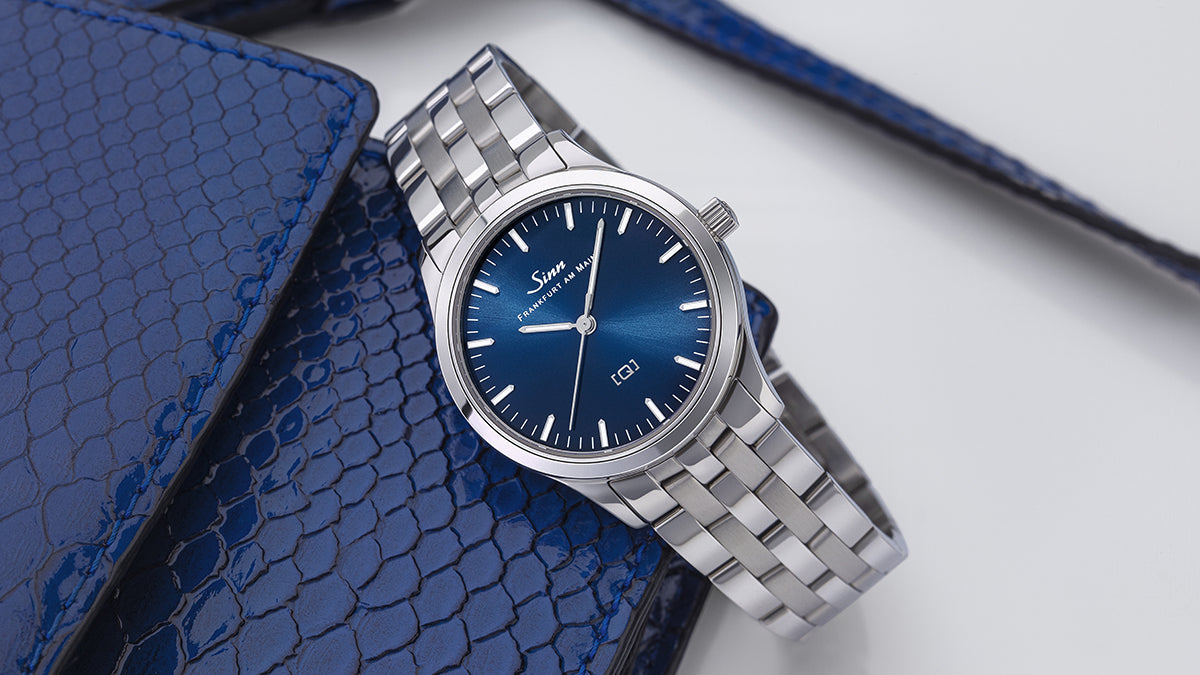 Sinn 434 St B - Credit Sinn
Sinn 434 St B - Credit Sinn
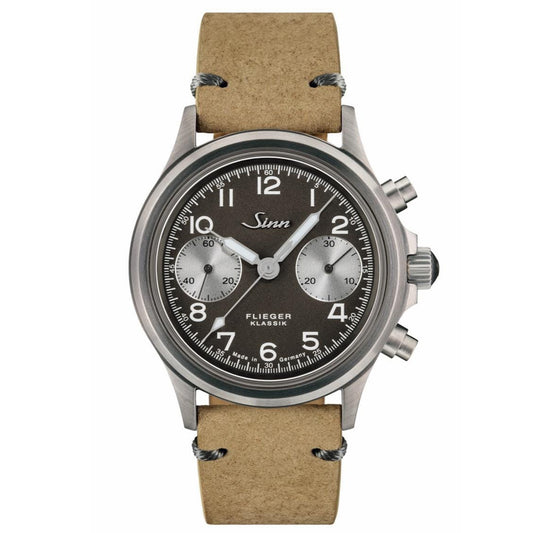
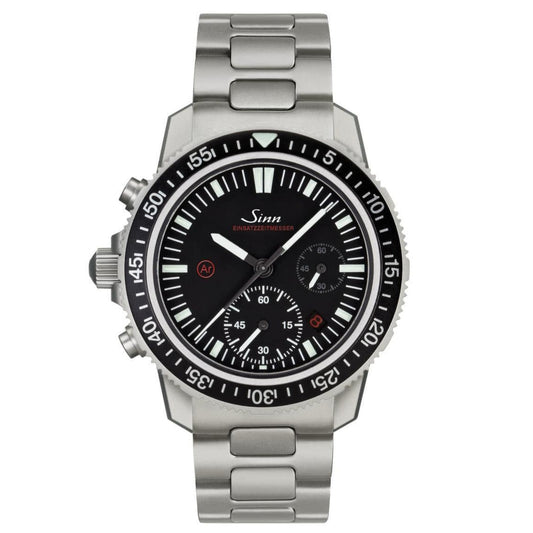
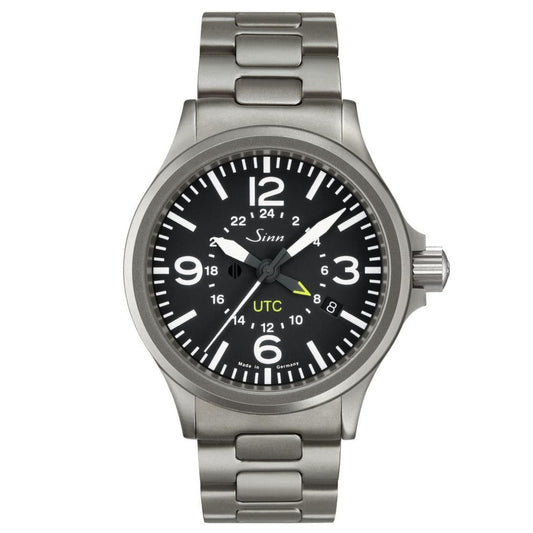
I’m a huge fan of what Sinn is doing with quartz. I’ve written about the brand’s incredible oil-filled HYDRO technology on the pages of WatchGecko before and that’s a great place to start. The HYDRO technology needs quartz to exist. Filling a traditional mechanical movement full of oil simply doesn’t work so having a practical reason like that to employ a quartz alternative is an excellent way to justify the move. I’d like to see more HYDRO watches with more complications and in more cases than ever before and I’d like it to really push the necessity of quartz rather than focusing on its affordability and lack of artisanal credibility.
But in reality, we won’t see another Quartz Revolution until some of the big boys reverse their position on the technology. I’d love to see Vacheron Constantin bring back the 222 with a beautifully finished quartz movement, visible through a display caseback, with a battery cover in the shape of the Maltese Cross. How about a super-slim Audemars Piguet time only Royal Oak with the focus placed on the case and bracelet materials or finishing? What about a Patek Philippe Nautilus with a retail price many more of us could aspire to amass?
And while it sounds like a pipe dream and absolute madness, there is a plausible route to it, but leadership on this journey is probably not going to come from the Holy Trinity brands listed above.
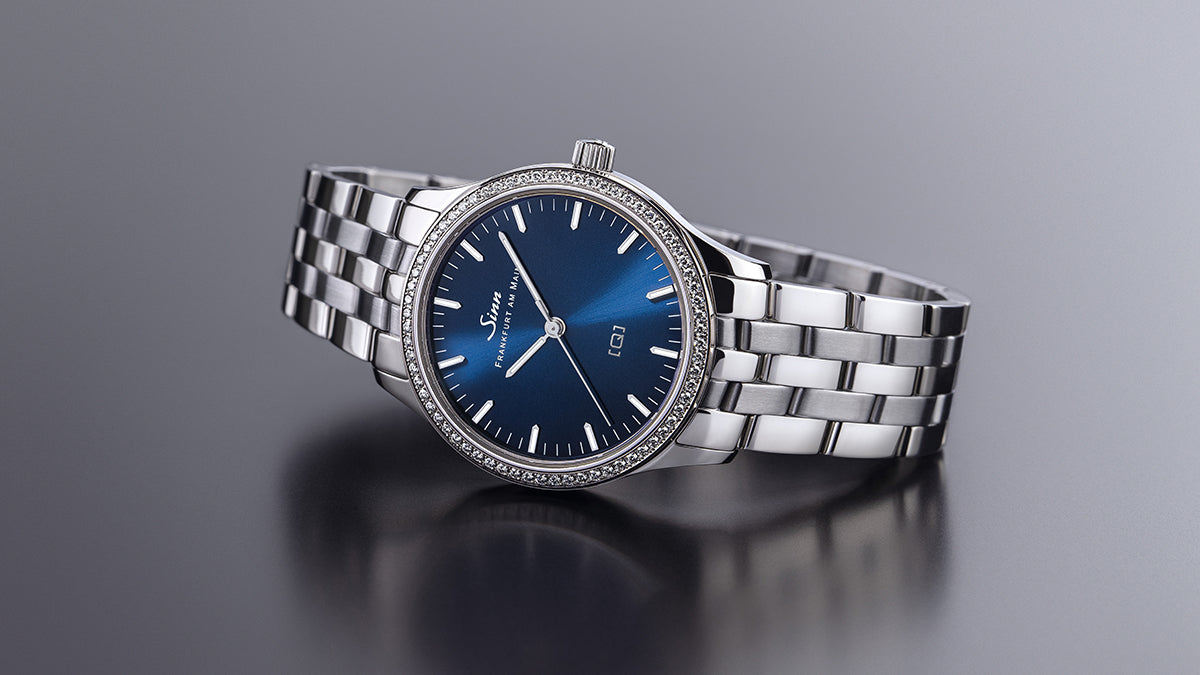 Sinn 434 TW68 WG B - Credit Sinn
Sinn 434 TW68 WG B - Credit Sinn
One possible stimulating factor could be the actions of high-end independents. What about Czapek? What about H. Moser & Cie.? What about Voutilainen, MB&F, URWERK, for example?
Imagine a quartz Czapek Antarctique. Try and conceive a battery-powered Streamliner from Moser. Is it off the wall? Yes. Would the news of these releases break the internet? Yes. Is there a story to be told and new audiences to reach through the telling of that tale? Undoubtedly.
But it comes with reputational risk. The fallout could be devastating if such a bold activation lacks full-blooded commitment to its execution. The watches may sell (especially if they were limited), but they may sour the perception of the brand in the minds of those quartz-hating collectors mentioned above.
But what do you think? Would you like to see more big brands take a punt on new quartz versions of their classics? Or do you think it would damage their carefully cultivated reputations beyond repair? Would you like to see more new quartz brands entirely? Or do you think quartz is totally naff and isn’t something with which we horophiles should concern ourselves?
Let us know what you think in the comments below and let’s see where the conversation takes us.


